
Prior authorizations are an obvious obstacle for physicians, but it also negatively impacts employers.

Prior authorizations are an obvious obstacle for physicians, but it also negatively impacts employers.

A look at what's coming to Contemporary OB/GYN this week

The safety of the Pfizer/BioNTech COVID-19 vaccine in pregnant women, for both mother and baby, has been dependent on observation during the rollout. A large population trial provides further support for the vaccine’s safety.

In this episode of Pap Talk, Contemporary OB/GYN® sat down with Maneesh Jain, CEO of Mirvie, and Michal Elovitz, MD, chief medical advisor at Mirvie, a new RNA platform that is able to predict pregnancy complications by revealing the biology of each pregnancy. They discussed recently published data regarding the platform's ability to predict preeclampsia and preterm birth.
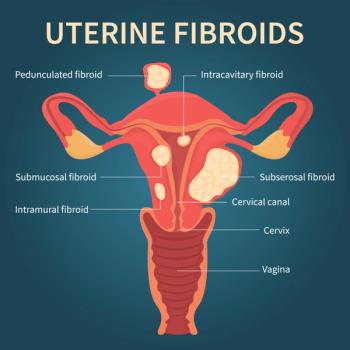
A 4-year follow-up of a randomized control study comparing uterine artery embolization (UAE) to myomectomy for treating women with uterine fibroids has concluded that myomectomy achieves greater improvement in quality of life.
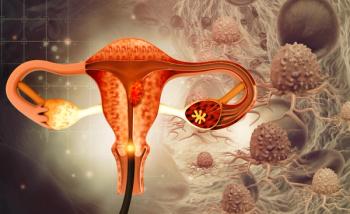
A study in the Journal of Minimally Invasive Gynecology concluded that, in select pateints with deep infiltrating endometriosis (DIE) whom do not require bowel or ureteral resection, bladder function significantly improves after surgery, both during filling and in voiding urodynamic phases.

Uterine fibroids (UF) with heavy menstrual bleeding (HMB) pose a significant economic burden—mostly due to surgical and procedural costs and treatment, according to a claims analysis in the Journal of Women’s Health.

A look back on this week's news.
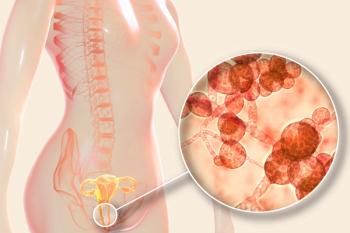
Scynexis released data from its pivotal Phase 3 CANDLE study of oral ibrexafungerp (BREXAFEMME) for the prevention of recurrent vulvovaginal candidiasis.

Because the treatment options for imminent extreme premature labor center largely on patient preference, decision aids (DA) can help facilitate the patient-provider discussion and guide the shared decision-making process.
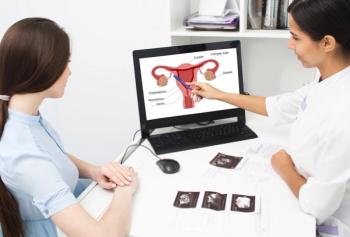
“Over 70% of women are estimated to develop uterine fibroids by age 50,” said senior author Irene Aninye, PhD, chief science officer for the Society for Women’s Health Research (SWHR) in Washington, D.C. “Fibroids are a complex condition that can range from being asymptomatic to having deleterious effects on a woman’s health and quality of life.”

A different perspective on designing transfersomal nanocarriers of nystatin to treat vulvovaginal candidiasis (VVC) is reflected in a prospective in-vitro study in the journal Colloids and Surfaces B: Biointerfaces.

CooperSurgical, Inc, a global provider of health products for women, babies, and families, announced Monday plans to acquire the Reproductive Health division of Cook Medical, a manufacturer for minimally invasive medical devices in the fertility, obstetrics, and gynecology markets.

Take steps to ensure a positive first and lasting impression.
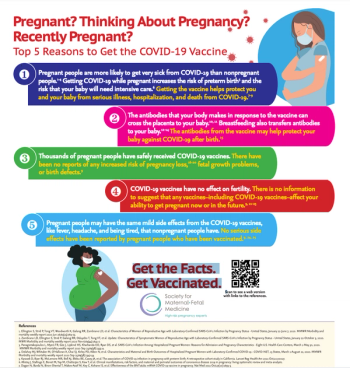
Get the Facts. Get Vaccinated.

Contraceptive effectiveness is determined by several factors, including drug or device efficacy, individual fecundability, coital frequency, and user adherence and continuation.

Experts evaluate 3 clinical scenarios and determine the appropriate course of action.
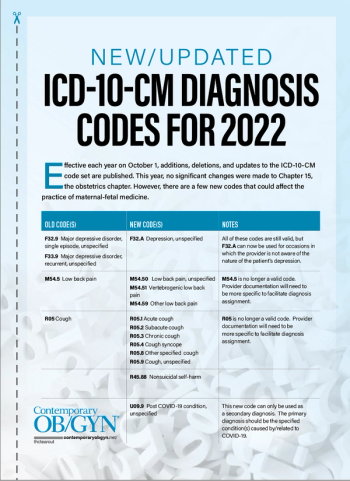
Effective each year on October 1, additions, deletions, and updates to the ICD-10-CM code set are published. This year, no significant changes were made to Chapter 15, the obstetrics chapter. However, there are a few new codes that could affect the practice of maternal-fetal medicine.

A review and meta-analysis in JAMA Network Open revealed women exposed to marijuana in pregnancy were at significantly increased risk for adverse neonatal outcomes, including low birth weight, small for gestational age, and preterm delivery.

An oral concurrent session at SMFM’s 42nd Annual Pregnancy Meeting highlighted an analysis of pregnancy outcomes after optimal prenatal opioid use disorder care.

While the use of combined oral contraceptives (COCs) among patients with rheumatoid and autoimmune disorders have focused on safety, a narrative review in the Journal of Obstetrics and Gynaecology Research highlighted the efficacy and benefits of these contraceptives in females with rheumatoid arthritis (RA).

An oral presentation at the Society for Maternal-Fetal Medicine’s (SMFM) 42nd Annual Pregnancy Meeting explored possible associations with marijuana use and nausea and vomiting in early pregnancy.

Combined oral contraceptives were found to be moderately more efficacious than placebo for treating overall premenstrual symptomatology in women with premenstrual syndrome (PMS) or premenstrual dysphoric disorder (PMDD).

A look at what's coming to Contemporary OB/GYN® this week.

A study in the International Journal of Gynecology & Obstetrics found that transperineal ultrasound (TPU) signs of pelvic floor muscle hypertonia are more prevalent in endometriosis patients with chronic constipation than in those without.
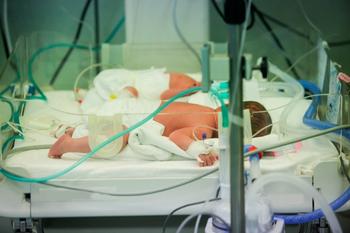
In this exclusive video interview, Michal Elovitz, MD, chief medical advisor at Mirvie, discusses the latest data from the RNA testing platform in predicting preterm birth at the SMFM 42nd Annual Pregnancy Meeting.

It was a busy week for the Contemporary OB/GYN® team.

At the Society for Maternal-Fetal Medicine’s 42nd Annual Meeting, a roundtable discussion explored ways to promote inclusivity and support transgender and gender-expansive individuals in the women’s health space.

Risk assessment, lifestyle counseling, adverse effects, and medication management.
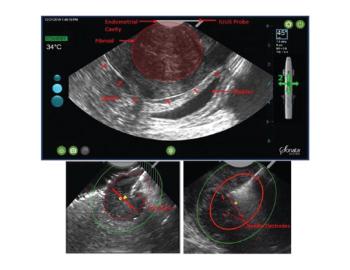
Understanding the technology behind a newer uterus-sparing option for the management of uterine fibroids.